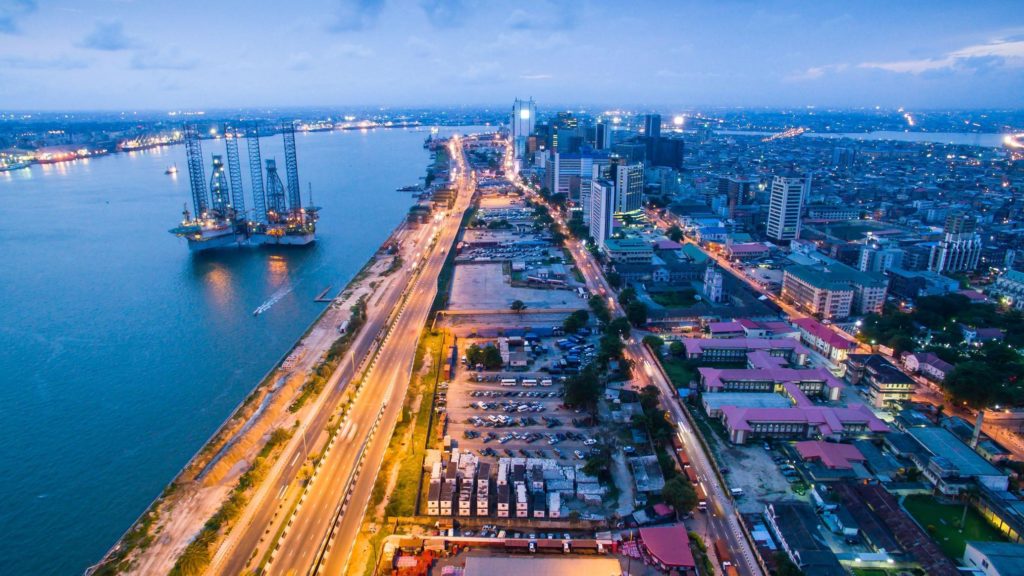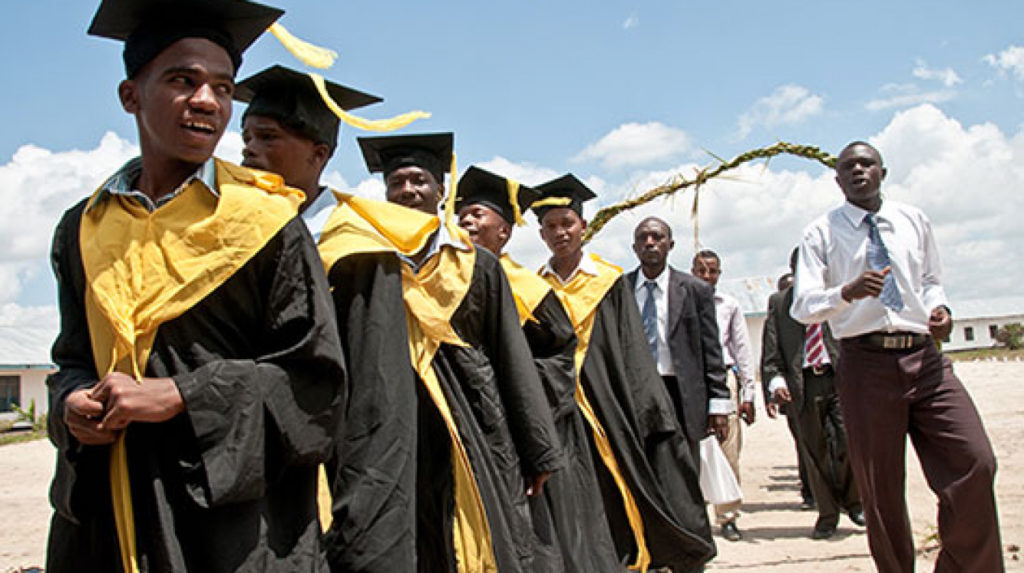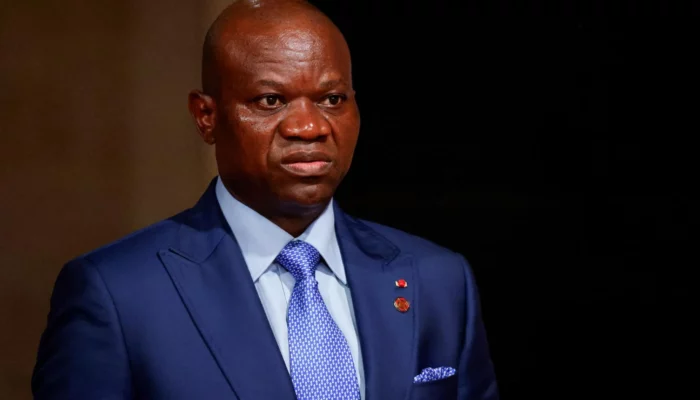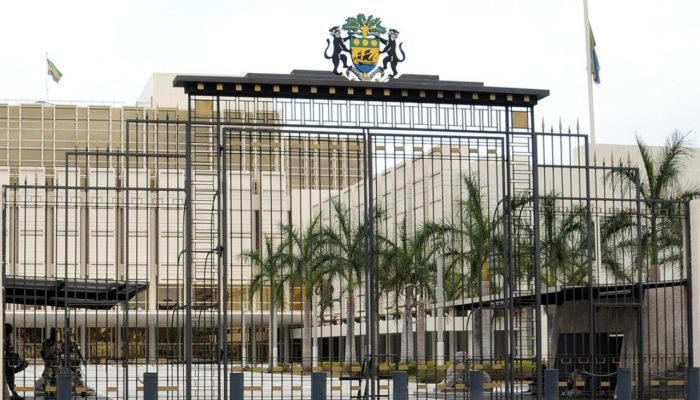Sub-Saharan Africa, with its diverse population of over one billion people, holds immense potential for achieving inclusive growth and eradicating poverty. This article explores the region’s abundant human and natural resources, its burgeoning youth population, and the creation of the largest free trade zone in the world. By leveraging these strengths, Africa is embarking on a transformative development path that aims to harness the potential of its population and resources

Sub-Saharan Africa is home to over one billion people, half of whom will be under the age of 25 by 2050. With its diversity and abundant human and natural resources, the region possesses significant strengths to achieve inclusive growth and eradicate poverty. With a market of 1.2 billion individuals and the creation of the largest free trade zone in the world, the continent is embarking on a radically new development path that harnesses the potential of its population and resources.
Africa encompasses countries with low, lower-middle, upper-middle, and high incomes. The region includes 22 fragile or conflict-affected states and 13 small, sparsely populated countries with limited human capital.
The persistent sluggishness of the global economy, declining but still high inflation rates, and challenging global and national financial conditions amidst high debt levels explain the downgrade in ratings. Growth is estimated at 3.7% in 2024 and 3.9% in 2025, indicating that the growth slowdown is expected to reach its lowest point this year. However, the growth conditions remain insufficient to reduce extreme poverty and foster long-term shared prosperity. The slow recovery of per capita income in the region, at 1.2% next year and 1.4% in 2025, still falls short of accelerating poverty reduction and returning the region to its pre-pandemic trajectory.
The economic performance of sub-Saharan Africa varies across sub-regions and countries. The real GDP growth in the West and Central Africa sub-region (AFW) is estimated at 3.4% in 2023, down from 3.7% in 2022, while that of the East and Southern Africa sub-region (AFE) is projected at 3.0% in 2023, compared to 3.5% in 2022.
The region’s performance is still dragged down by weaker long-term growth in the largest countries on the continent. Economic activity in South Africa is expected to decline further in 2023 (0.5%) due to worsening energy crisis, while the growth recovery in Nigeria for 2023 (2.8%) remains fragile due to weak oil production. Among the top ten economies in sub-Saharan Africa, which together account for over three-quarters of the region’s GDP, eight exhibit growth rates below their long-term averages, including Angola, Ethiopia, Nigeria, and Sudan.

Public debt in sub-Saharan Africa has more than tripled since 2010. The region’s budget deficit has widened to reach 5.2% in 2022. The persistence of budget deficits, combined with sluggish growth, has led to an increase in the (median) ratio of public debt to GDP, which will reach 57% in 2022. The war in Ukraine disrupted the fiscal consolidation process that many countries in the region embarked upon in the aftermath of the pandemic. A significant decline in official development assistance and restricted access to external borrowing also contribute to deteriorating fiscal outcomes. In response to rising food and fuel prices, policymakers have implemented measures to mitigate the impact of inflation, such as subsidies, temporary tariff and levy waivers, and income support mechanisms for the most vulnerable. These measures have delayed fiscal consolidation, as budget deficits in the region remain high, exerting additional pressure on budgets, especially for governments with limited fiscal space. Consolidation efforts to reduce debt are expected to resume this year, bringing the budget deficit to 4.3% in 2023, and further to 3% in 2024-25.
The number of countries experiencing double-digit average annual inflation rates increased from 9 in 2021 to 21 in 2022. Investment growth in sub-Saharan Africa has declined from 6.8% in 2010-2013 to 1.6% in 2021, with a more pronounced slowdown in East Africa than in West Africa.
The better performance of resource-poor countries can be attributed to gains made through import bill reduction and service sector growth. On the other hand, real GDP growth in resource-rich countries will remain at a low level of 2.4% in 2023 but will rebound slightly to 2.9% and 3.0% in 2024 and 2025, respectively. This growth remains below the 3.7% growth rate observed in 2021. The growth of this group of countries is hampered by declining commodity prices, indicating a strong dependence on the extractive industry.

The growth of the West African Economic and Monetary Union (WAEMU) countries is expected to accelerate to 5.5% in 2023, down from 5.6% in 2022, and these countries will experience faster growth in 2024 (7.1%). In contrast to the WAEMU countries, the countries in the Central African Economic and Monetary Community (CEMAC) are projected to have weak economic performance in 2023 (2.7%), down from 2.9% in 2022.
Leveraging the potential of natural resources can improve the fiscal and debt sustainability of African countries. Natural resources such as oil, gas, and minerals present significant economic opportunities for African economies during the transition to a low-carbon economy. Harnessing energy resources can improve access to energy. Africa faces a significant challenge in achieving its universal access to quality energy goals. In 2022, 600 million people in Africa, or 43% of the continent, lacked access to electricity. However, Africa’s resource base and associated investments can contribute to accelerating progress by developing diverse energy sources. Given that many resource-related projects are located in remote rural communities, increased investments in green energy and regional infrastructure can serve as leverage to reduce rural poverty and promote productivity gains. African countries can leverage their resources to combine gas and renewable energies to meet domestic needs. Prioritizing foreign investments in recently discovered and underdeveloped natural gas reserves can mobilize export revenues and stimulate domestic energy production and access.
Regional integration and the implementation of a continental free trade area offer immense potential to drive economic transformation in sub-Saharan Africa. A just transition for Africa depends on successfully harnessing the economic benefits of petroleum, gas, and mineral resources, including good governance and sound macrofinancial management of resource revenues, while preparing for a low-carbon future. Effective management and governance of natural resource wealth can unlock significant opportunities for job creation, value addition, and investments in human development. Given the abundance of natural resources, this wealth can play a central role in transforming Africa’s economic future.

The successful utilization of Africa’s economic potential lies in effective governance, responsible resource management, and regional integration. By capitalizing on its diverse resources and prioritizing sustainable development, Africa can pave the way for inclusive growth, poverty reduction, and a prosperous future for its people.






